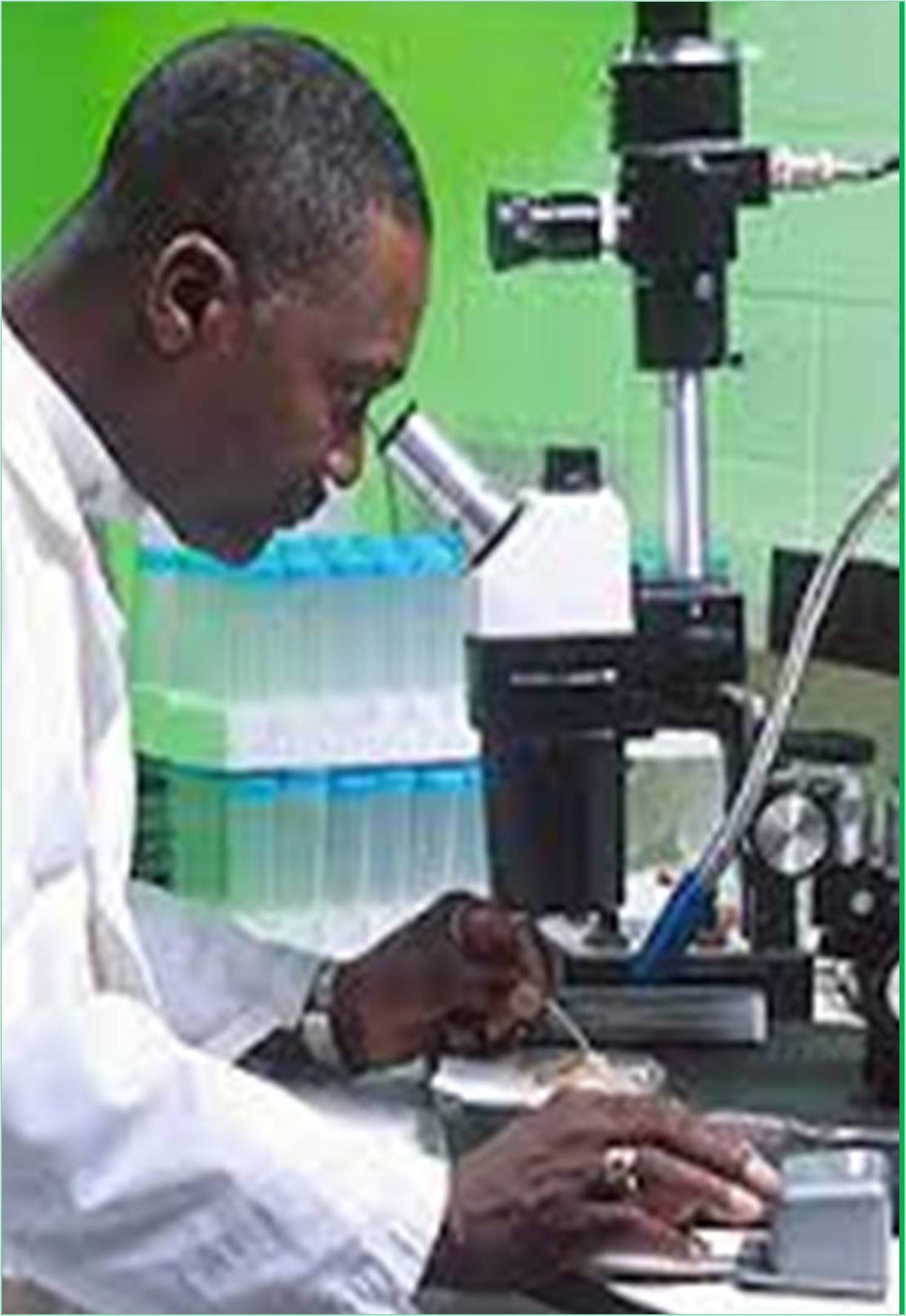



Received: 06-Jul-2022, Manuscript No. GJMR-22-71647; Editor assigned: 11-Jul-2022, Pre QC No. GJMR-22-71647 (PQ); Reviewed: 26-Jul-2022, QC No. GJMR-22-71647; Revised: 05-Aug-2022, Manuscript No. GJMR-22-71647 (R); Published: 12-Aug-2022, DOI: 10.15651/2449-1799.22.10.414
All multicellular organisms have a variety of microbes on and in them that may be commensal, symbiotic, or harmful. Various researches have focused on the function of microbiota in health and disorders. Microbiota can be divided into categories including intestinal, oral, respiratory, and skin microbiota depending on where they are found. Symbiotic relationships between the microbial communities and the host help maintain homeostasis and control immune response. Microbiota dysbiosis, on the other hand, can cause the deregulation of biological systems and diseases, such as cancer, respiratory disorders, and malignancies, as well as cardiovascular diseases.
The pathogenesis of microbiota dysbiosis is then highlighted in the onset and progression of disease, principally linked to the dysregulation of community composition, modulation of the host immune response, and generation of chronic inflammation. We outline the treatment methods that utilize the microbiome in the treatment of illness, such as the more than 100 trillion symbiotic bacteria that reside there. Both human health and illness depend on them. Such as diabetes, obesity, and inflammatory bowel disease’s alcoholic, diabetic, having the metabolic syndrome, having atherosclerosis, liver disease, cirrhosis, nonalcoholic fatty liver disease along with hepatocellular carcinoma.
At present, HIV continues to be a major global public health topic. The gut microbiome in patients with HIV is significantly disturbed, and there are significant rises in the Firmicutes/Bacteroidetes ratio of patients infected with HIV-1. Although the viral loads of HIV-1 reduced after a short-term course of effective Highly Active Anti-Retroviral Therapy (HAART), the diversity and composition of the fecal microbiota are not completely restored, and the dysbiosis remains. South African teenage girls and young women have extremely great rates of HIV infection, a phenomenon that has been considered to be associated with biological factors.
A recent study discovered that the vaginal microbiome may influence the risk of contracting HIV. Prevotella bivia, a vaginal bacterium, has been determined to be the cause of inflammation. There is an anti-HIV gel that breaks down the anti-HIV medication. Tenofovir, resulting in the failure of the tenofovir treatment. Cohen recently discovered rare bacteria called Gardner Ella in the vagina by carefully analyzing the vaginal microbiota: this discovery may provide an explanation for South African women's high infection rates and strongly implies that the vaginal microbiota has an impact on the HIV threat. Cohen claims that Gardnerella "gobbles up" Tenofovir, rapidly reducing the drug's stages.
It is possible to view the human microbiome as a crucial source of genetic diversity resources, a transformation of sickness, a crucial component of immunity, and a helpful substance that controls drug metabolism and stimulates interactions. On the one hand, there are lots of possible bacteria or probiotics that could treat or prevent a few illnesses. As an illustration, some of these gut microbes are part of genera that include numerous probiotics.Such as Bifidobacterium and Lactobacillus. A few are novel, maybe advantageous microbes, like Faecalibacterium prausnitzii for IBD and irritable bowel syndrome, and Akkermansia muciniphila and bowel syndrome for improving metabolic well-being. The human microbiome, our second genome, must produce a massive number of metabolites. Several distinct metabolites have prominent potential uses, even if it is still a significant issue.